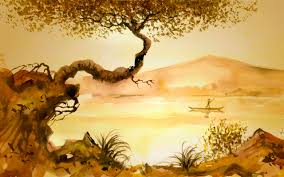water element of color
ABOUT AQUARIAN PAINTING TECHNIQUE (part 1)
 The element of water and paint
The element of water and paint
Despite the availability and prevalence, the watercolor technique remains mysterious and incomprehensible to many, both amateurs and professional artists. Despite the apparent lightness, this material, which is natively associated with water, because of its disobedience and spontaneity, creates many problems for those who neglect the need for patient study.
Starting the story about the watercolor technique, you need to recall what, in fact, means “watercolor” in the dictionary sense, since the key to understanding lies in the word itself. Continue reading
landscape
creation
period
composition
ideological
performance
until
different
photography
student
resistant
harmony
educational
enthusiasm
Museum
again left
emergence
sixties
watercolors
development
decorative
various
community
arrogance
unshakable
troubles
finally
workshop
selection
absolutely
festivals
musician
milestone
distinguished
combination
manufacture
transmitted
minerals
snowflakes
province
members
phenomenon
number
professional
available
subsequent
soldiers
documentary
characteristic
traditions
background
reproduction
canvas
density
school
sepia
technologies
landscapes
returned
technique
institution
contact
communal
modest
artists
movements



